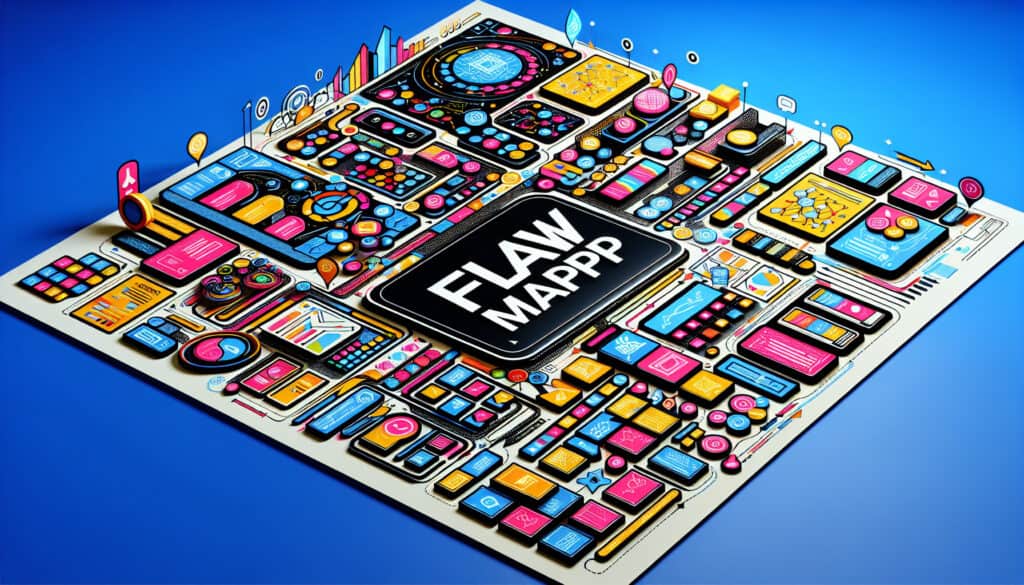To create visual sitemaps and user flows for websites and applications.
- 方法: 人体工程学
Flowmapp

Flowmapp
- 设计过程, 设计思维, 信息架构, 项目管理, 用户体验(UX), 用户界面(UI), 用户测试, 以使用者為中心的設計
目标
如何使用
- An online tool that helps designers and project managers plan the structure and user journeys of a digital product. It allows for the creation of interactive sitemaps and user flow diagrams that can be shared and collaborated on with a team.
优点
- Provides a clear and visual way to plan a website or application; Facilitates collaboration and communication within a team.
缺点
- The free version has limitations; May not be suitable for all types of projects.
类别
- 产品设计, 项目管理
最适合:
- Planning the 信息架构 and user flows of a new website or application.
Flowmapp is particularly beneficial in various stages of product development, especially during the research and planning phases. Its application spans industries such as e-commerce, SaaS, mobile applications, and digital marketing, where understanding user interaction is fundamental to success. By utilizing interactive sitemaps and user flow diagrams, project teams can visually represent the structure of a digital product, enabling clearer communication with stakeholders and ensuring that everyone shares a common vision. Collaboration features allow team members—ranging from designers and developers to product managers and marketing strategists—to contribute their expertise from different vantage points, enhancing the quality of the final product. This methodology is well-suited for Agile environments, where iterative testing and rapid feedback loops are conducive to refining product concepts. Workshops and brainstorming sessions can be significantly improved through such a tool, as it provides a dynamic medium for discussions, helping teams pivot and adapt designs based on collective input. Flowmapp serves to align user experience objectives with business goals, ensuring that the final output not only meets usability standards but also drives key performance indicators. Understanding information architecture at this granular level can lead to more intuitive interfaces, lower abandonment rates, and improved user satisfaction. Ultimately, the strategic application of Flowmapp can amplify the effectiveness of design processes across digital projects.
该方法的关键步骤
- Define the project scope and objectives to establish the framework for design.
- Identify user personas to understand target audience needs and behaviors.
- Create a hierarchical sitemap to outline the content structure of the website or application.
- Develop user flow diagrams to visualize paths users will take through the product.
- Iterate on the sitemap and user flows based on stakeholder feedback and design reviews.
- Create annotated wireframes to detail the functional layout for each page or screen.
- Conduct usability testing on wireframes to refine user interactions and layout. <liCollaborate with development teams to ensure design feasibility and alignment with technical constraints.
专业提示
- Involve stakeholders early in the flow mapping process to ensure all perspectives are considered and integrated into the design.
- Utilize user 人们 and user stories during the planning phase to better align the sitemap with user needs and expectations.
- Regularly iterate on the user flows based on feedback; testing prototypes can reveal overlooked pathways and enhance user experience.
历史背景
1986
(如果日期不详或不相关,例如 "流体力学",则对其显著出现的时间作了四舍五入的估计)。

相关文章
METS 卡路里计算器
元分析
信息映射
心理模型图
可接受的最大推力和拉力
物料需求计划(MRP)